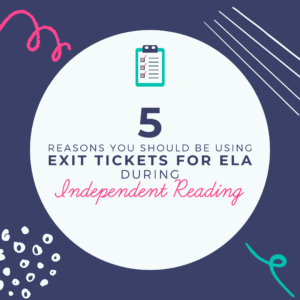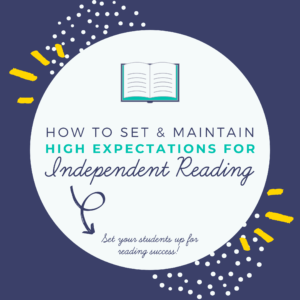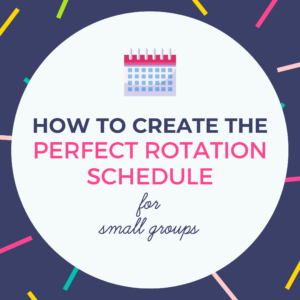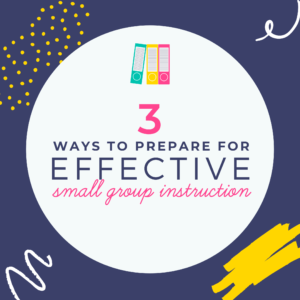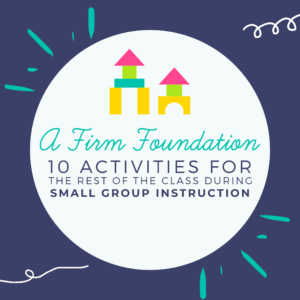We love silent signals, and you should too!
Silent signals for the classroom are a great way to increase your student engagement! Every single student is involved 100% of the time, and you can tell what the entire class is thinking with just a glance. Silent signals can be for every classroom- not just elementary; this strategy is beneficial for every grade level K-12. Silent signals are easy to implement, and if you don’t already use them, tomorrow is a great time to start! We love how easy silent signals are to implement and how much reward they bring! Instant engagement and continual student feedback!
Adding Silent Signals to Your Classroom
Only introduce one or two signals at a time. Otherwise it can be overwhelming for students. Introducing more than a couple silent signals at a time can also be overwhelming for you as the teacher. You are less likely to remember your signals and be consistent in prompting students to use them. As we all know, with anything in the classroom, consistency is key!
We recommend starting with signals for “I’m thinking” and “I have an answer.” Every class has a Hermione or two, and when that student raises their hand to answer a question, the rest of the room immediately stops thinking. They know the class Hermione has the correct answer; therefore, they don’t have to keep thinking about it. By implementing small silent signals for these two statements, you are allowing students time to think and formulate an answer. This encourages students to continue thinking about the question until they have an answer of their own rather than simply waiting until someone else has an answer.
⠀
Where Do I Start?
 For “I’m thinking,” we have students rub their chin or tap their temple. For “I have an answer,” we have students show a thumbs up on their chest. We have students show the signal low rather than raising their hand to keep from distracting students who are still thinking. ⠀⠀⠀⠀⠀⠀⠀⠀⠀
For “I’m thinking,” we have students rub their chin or tap their temple. For “I have an answer,” we have students show a thumbs up on their chest. We have students show the signal low rather than raising their hand to keep from distracting students who are still thinking. ⠀⠀⠀⠀⠀⠀⠀⠀⠀
We always remind students that for every question posed, they should have a signal. Students should always either be thinking or have an answer ready. When I have students who aren’t displaying a signal, I simply say, “Everyone should is either thinking or prepared with an answer.” When you look around the room, every single student should be communicating with you. As the teacher, this is powerful because you don’t have to guess how much wait time to give, and you can see visualize how long it takes the majority of the class to come to an answer.
Adding Additional Silent Signals
 After you’ve introduced and practiced your first couple silent signals for a few days (or even an entire week), you can add more to the rotation. We encourage you to follow you first two signals with two more: “I agree” and “I disagree.”
After you’ve introduced and practiced your first couple silent signals for a few days (or even an entire week), you can add more to the rotation. We encourage you to follow you first two signals with two more: “I agree” and “I disagree.”
For “I agree,” we have students put their thumb toward their chest and their pinky toward the person they agree with. This will look similar to the hang loose hand gesture. The thumb represents “I” and the pinky represents “you” meaning I think what you think.
For “I disagree,” we have students shake their hands back forth with their palms down.
These two silent signals are great anytime you pose an opinion question, but we also have students use these two symbols every time a student answers a question. Again, this boosts your student engagement because every student is listening, processing, and responding anytime a question is asked and an answer is given. We love to call on students to explain their thinking for why they agree/disagree with their classmates’ answers. This encourages a good back and forth discussion of the concept/topic at hand.
Our Favorite Silent Signals for the Classroom
 When you’re ready to add another two silent signals to your repertoire, add “I need clarification” and “Conjecture!” These are two of our favorite silent signals! We love these two signals because you are immediately aware of students who aren’t understanding and need further explanation. It also gives you the opportunity to talk about the meaning of clarification and conjecture. Possibly, our very favorite silent signal is “Conjecture!” We love to see students give this signal because it tells us they’ve had a light bulb moment! What teacher’s heart doesn’t light up anytime a student has a lightbulb moment?!⠀⠀⠀⠀⠀⠀⠀⠀⠀
When you’re ready to add another two silent signals to your repertoire, add “I need clarification” and “Conjecture!” These are two of our favorite silent signals! We love these two signals because you are immediately aware of students who aren’t understanding and need further explanation. It also gives you the opportunity to talk about the meaning of clarification and conjecture. Possibly, our very favorite silent signal is “Conjecture!” We love to see students give this signal because it tells us they’ve had a light bulb moment! What teacher’s heart doesn’t light up anytime a student has a lightbulb moment?!⠀⠀⠀⠀⠀⠀⠀⠀⠀
For “I need clarification,” we have students lay their hand on top of their head. For “Conjecture!” we have students put a fist to their temple then move it away and explode their fingers to symbolize, “I got it!”
Our Final Silent Signal
 The last silent signal we use on a daily basis is “I want to add on.” This signal is equally effective whether used by the teacher or the student. We use it when we want to encourage a student to keep going with their answer as an encouragement. They are on the right track, but we want them to keep going with their answer.
The last silent signal we use on a daily basis is “I want to add on.” This signal is equally effective whether used by the teacher or the student. We use it when we want to encourage a student to keep going with their answer as an encouragement. They are on the right track, but we want them to keep going with their answer.
We also have students use it when they want to add on to what someone else has said. We always have a student reference a student by name and what they have said so far, in addition to what they want to add on. For example, “I agree with Ashley when she said, ‘Chrysanthemum was discouraged after the first day of school.’ I’d like to add that the reason she felt discouraged was because her classmates made fun of her name, and I know I don’t like it when I get made of fun of either.” This silent signal encourages students to listen to each other and what is being said as well as think about what they can add to the conversation to keep it going. To give this symbol, we have students roll their fist around each other. ⠀
Silent Signals for the Classroom Review
We love silent signals. If this isn’t something you’re already using in your classroom, don’t let it be overwhelming. Only introduce one or two signals at a time when they opportunity presents itself. As with anything, consistency is key! If you use silent signals in your room, what are your favorites?
-
- I’m thinking.
- I have an answer.
- I agree.
- I disagree.
- I need clarification. or I have a question.
- Conjecture!
- I want to add on.




